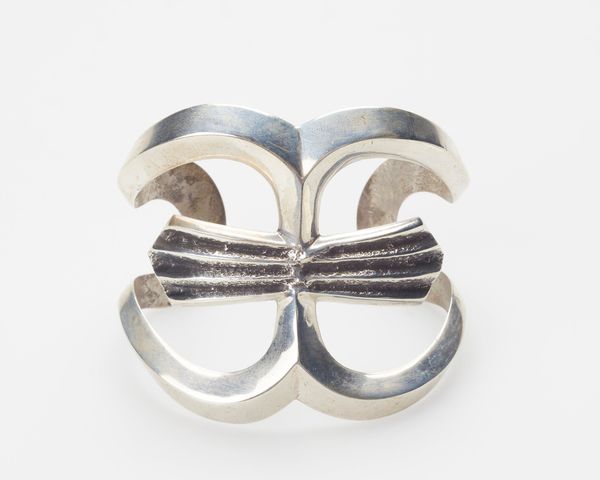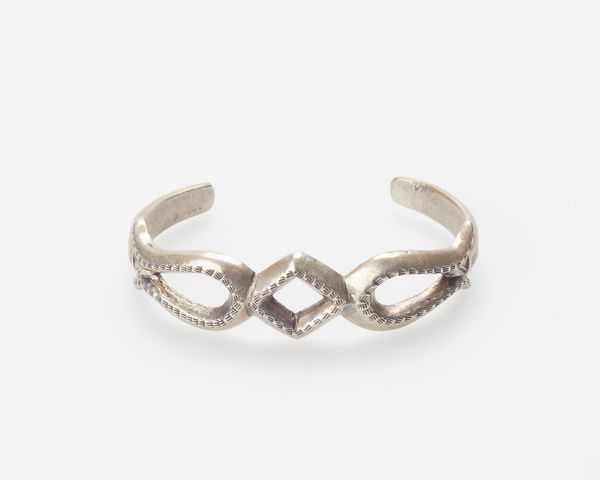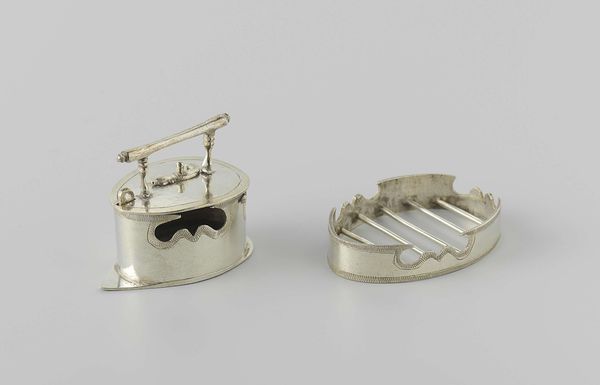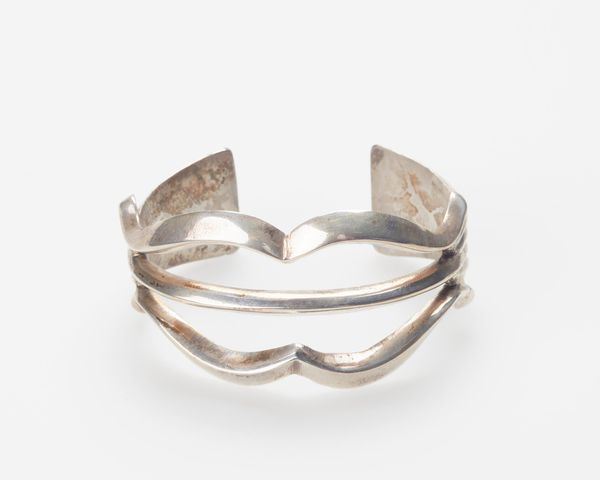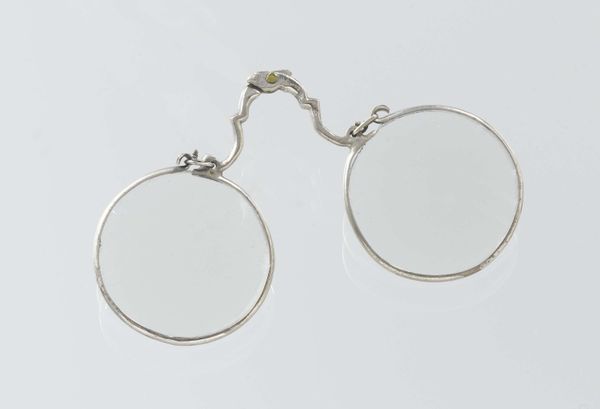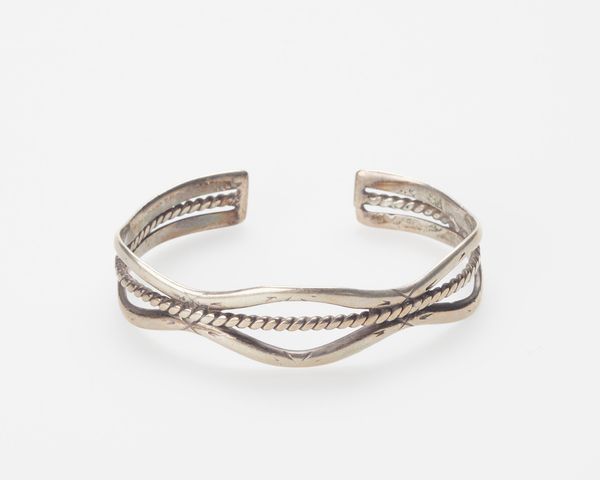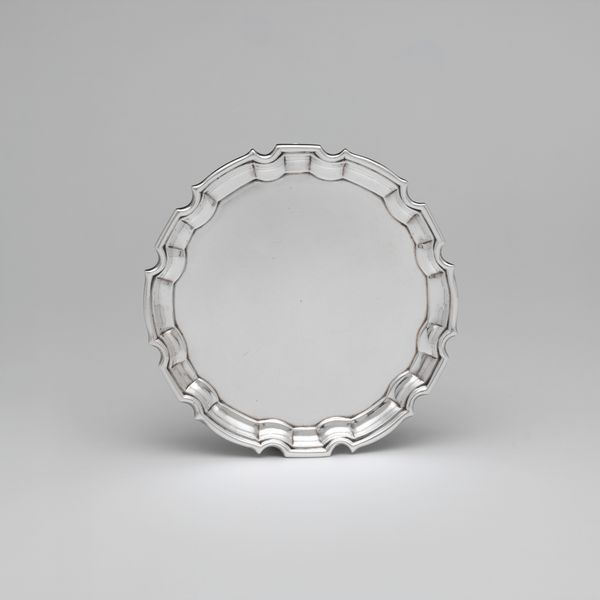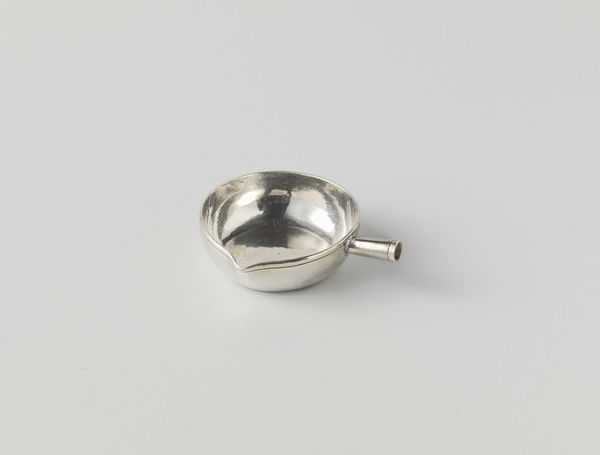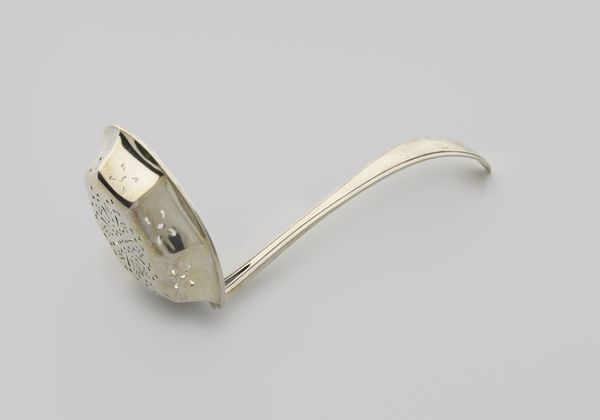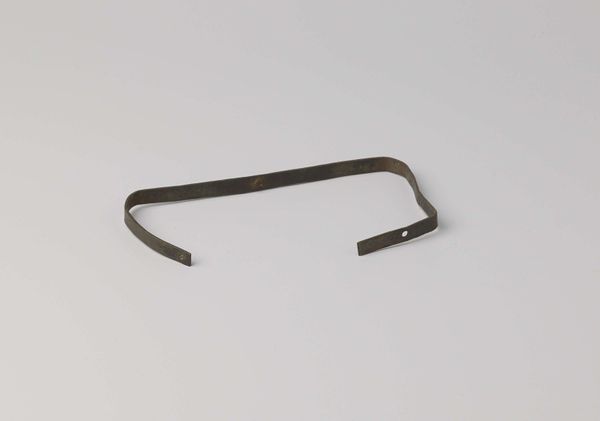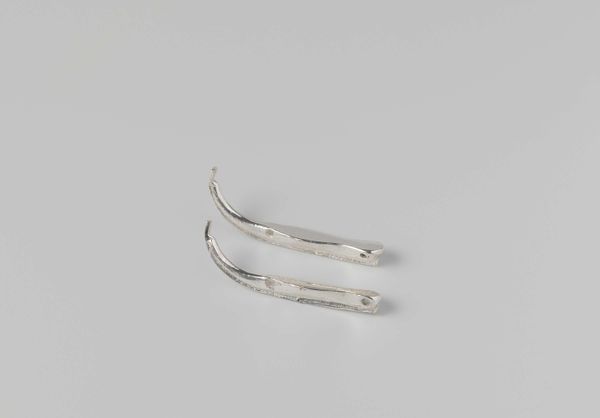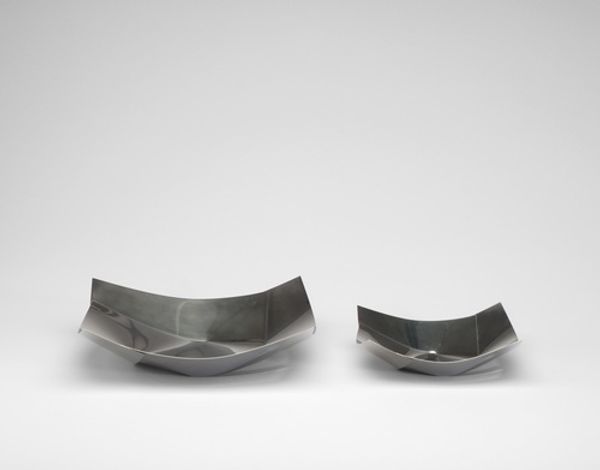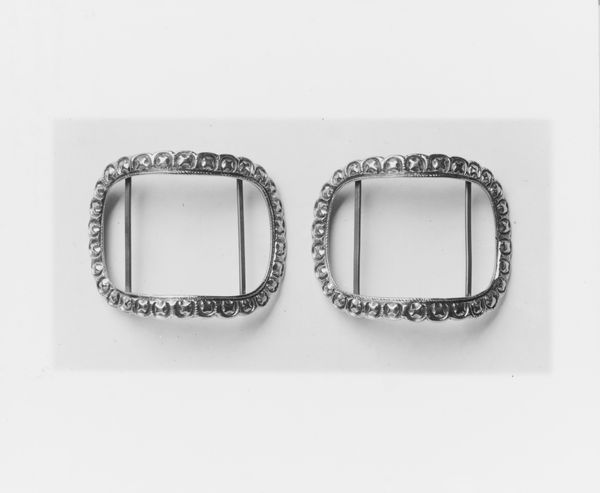
silver, metal
#
silver
#
metal
#
decorative-art
Dimensions: 2.2 × 6.3 × 5 cm (7/8 × 2 1/2 × 2 in.)
Copyright: Public Domain
Curator: My first thought is how severe these appear. Are they meant for utility or decoration, or both? Editor: Indeed, their stark functionality strikes me too. These silver "Shoe Buckles" date from between 1775 and 1815. Items such as these tell a story of changing gender norms of the late 18th and early 19th centuries, in addition to marking clear social stratifications. These buckles are now part of the Art Institute of Chicago’s collection. Curator: Function is indeed very central here. Note how the gleaming silver frames the darkened, nearly skeletal prongs and bar. The contrast is quite striking. Editor: It is! Though intended as adornment, what kind of societal "buckling" do you think they symbolize? Considering this historical period, and given the buckles' clear presence, I think about status, patriarchy, the limitations imposed on both the body and societal roles… Curator: Your analysis raises interesting points. Their decorative utility points to broader cultural themes, especially the wearing of status. As male ornamentation decreased later in the 19th century, these accessories faded in popularity, becoming increasingly linked with conservative, aristocratic circles. Editor: How fascinating to consider these objects and the societal expectations that eventually moved them aside to the margins! For now, they stand alone as items to ponder gender, status and changing aesthetic standards. Curator: Right! Considering the buckles’ stark design and contrasting metal textures really makes you consider how they once symbolized stability while concurrently pointing toward later historical change. Editor: It’s striking how a seemingly simple design offers such multifaceted cultural insights!
Comments
No comments
Be the first to comment and join the conversation on the ultimate creative platform.
